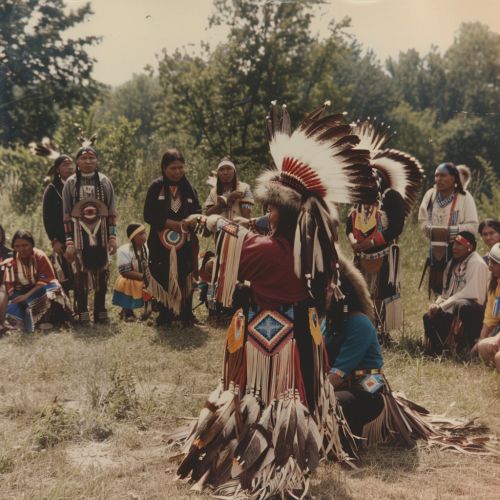Siouan languages
Introduction
The Siouan languages, also known as the Sioux languages, constitute a large language family native to North America. They are spoken by various indigenous peoples from the Great Plains to the Atlantic coast. The family is divided into two main branches: the Western Siouan languages and the Eastern Siouan languages. The most widely spoken Siouan language today is Lakota.


Classification
The Siouan language family is a part of the larger Siouan-Catawban language phylum, which also includes the Catawban languages. The Siouan language family itself is divided into several subfamilies and isolates. The Western Siouan languages include the Missouri River languages (such as Mandan), the Mississippi River languages (such as Dakota), and the Ohio Valley Siouan languages (such as Tutelo). The Eastern Siouan languages include the Virginia Siouan languages (such as Monacan) and the Carolina Siouan languages (such as Catawba).
Phonology
The phonology of Siouan languages is characterized by a complex system of consonants and vowels. Consonants can be voiceless, voiced, aspirated, or ejective. Vowels can be short or long, and there are also nasal vowels. Some Siouan languages, such as Lakota, have a pitch accent system. The phonological system of Siouan languages also includes a number of phonological processes, such as assimilation, vowel harmony, and reduplication.
Morphology
Siouan languages are polysynthetic, meaning that words are often composed of many morphemes. These languages have complex systems of affixes, including prefixes, suffixes, and infixes. They also have a rich system of derivational morphology, allowing for the creation of new words from existing ones. In terms of grammatical morphology, Siouan languages typically mark tense, aspect, mood, and evidentiality on the verb, and they have complex systems of pronominal affixes.
Syntax
The typical word order in Siouan languages is subject-object-verb (SOV), although there is considerable variation among different languages. These languages also exhibit a high degree of head-marking, with grammatical relations typically indicated through affixes on the verb. In terms of sentence structure, Siouan languages often use complex sentences with multiple clauses, and they have a number of strategies for indicating clause relations, including conjunctions, adverbial clauses, and relative clauses.
Sociolinguistics
The Siouan languages are spoken by a number of different indigenous peoples, including the Sioux, the Crow, the Hidatsa, and the Osage, among others. These languages have been subject to significant language shift and language loss, with many of them now critically endangered. However, there are ongoing efforts to revitalize these languages and promote their use among younger generations.
